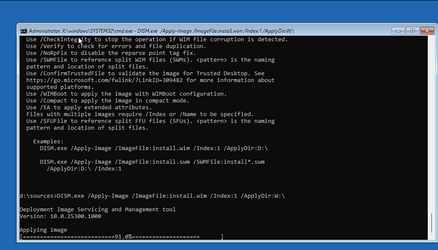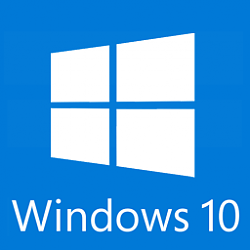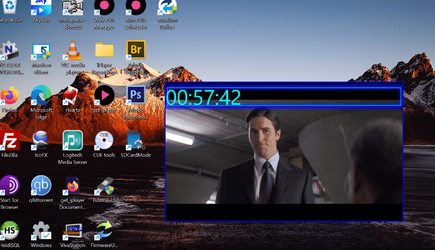- Local time
- 4:09 PM
- Posts
- 5,156
- Location
- Hafnarfjörður IS
- OS
- Windows XP,10,11 Linux (Fedora 42&43 pre-release,Arch Linux)
Hi folks
This is still the quickest and most hassle free way of installing Windows from scratch (and doesn't check for hardware constraints either --other than obviously sufficient disk space !!!.
Boot from the install disk
run the Apply-Image

then install the boot loader to whatever disk you want to boot from.
Boot and then run the initial oobe .
Job done !! (Q.E.D)
Cheers
jimbo
This is still the quickest and most hassle free way of installing Windows from scratch (and doesn't check for hardware constraints either --other than obviously sufficient disk space !!!.
Boot from the install disk
run the Apply-Image

then install the boot loader to whatever disk you want to boot from.
Boot and then run the initial oobe .
Job done !! (Q.E.D)
Cheers
jimbo
My Computer
System One
-
- OS
- Windows XP,10,11 Linux (Fedora 42&43 pre-release,Arch Linux)
- Computer type
- PC/Desktop
- CPU
- 2 X Intel i7
- Screen Resolution
- 4KUHD X 2








